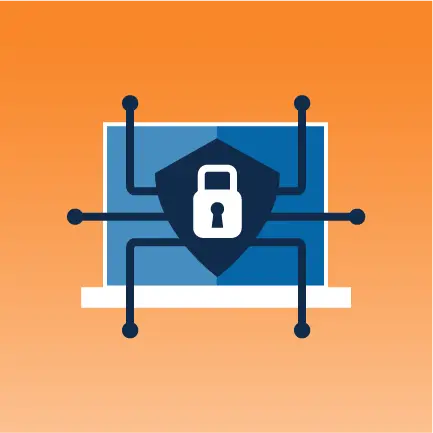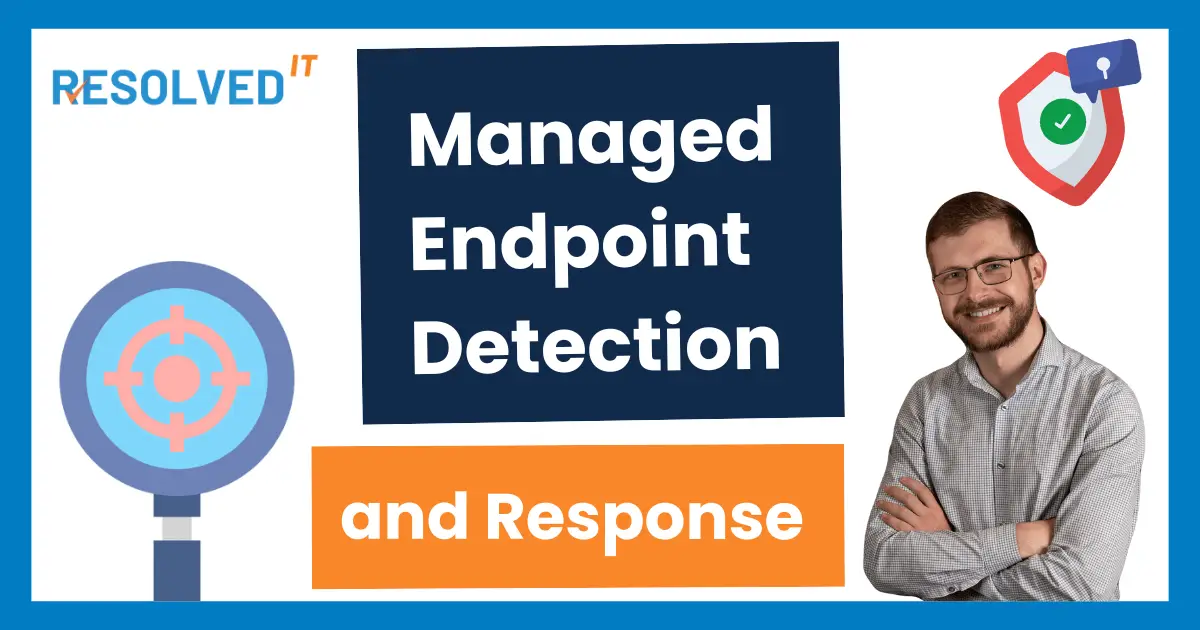We Exclusively Help Small Enterprises
Work Smarter with Technology
- Specialized Managed IT Services
- Fractional Technology Leadership / vCIO Partner
- Business Intelligence & Digital Work Analytics

Our Mission is to Help You Get More Done
Our clients choose us for our expertise in leveraging technology to achieve operational excellence.

Rapid Response.
Your time is our priority – with immediate communication and zero tolerance for downtime, we ensure you get the support you need, exactly when you need it.

Fractional Technology Leadership.
By becoming an integral part of your strategic business discussions, we gain deep insights into your operations, enabling us to deliver highly impactful services.

Growth Oriented.
By collaborating with you to identify and implement opportunities, we help you leverage technology to enhance performance and operational maturity as you grow.
With Resolved IT, you get more than just IT support—you gain a strategic technology partner.
Maximize your Microsoft 365 Investment

Maximize your Microsoft 365 Investment
Discover Advanced Tips to Optimize your Business with Microsoft 365.
Did you know that Microsoft 365 Business Standard & Premium include over thirteen pieces of software? Beyond the well-known tools like Word, Excel, Teams, and Outlook, there are several lesser-known apps that can significantly enhance your productivity.
Effective IT Support is an Expectation.
In today’s world, excellent IT support is the bare minimum. Your IT leadership should focus on business outcomes, not just technology. Many IT leaders fail to sufficiently connect with stakeholders to understand their business model, leading to a gap in strategic advisory services. To truly add value, IT must build meaningful relationships and deliver strategic insights that drive business success.

Made For Uncompromising Professionals
Our model is ideal for professionals who demand exceptional support and personalized services at every level of their technology, from frontline IT support to technology leadership.
With service agreements starting at $2,995.00/month, we intentionally limit our focus to a select group of operationally mature customers who can fully leverage the value of our technology solutions.
While other MSPs offer something for everyone, we provide everything for the right someone.
Exclusive IT Partner for Operationally Mature Businesses
By creating a barrier to entry and concentrating on fewer healthy & committed clients, Resolved IT can deliver higher levels of service and strategic value, providing tailored solutions that drive significant business outcomes and align with your strategic goals.
If you’re simply seeking a number to call when your computers break, you should look elsewhere.

Proactive IT Solutions and Support
Partnering with us goes beyond merely fixing IT issues when they happen; it’s about a proactive approach to business technology success. We foresee and tackle potential challenges before they arise, keeping your team productive and online.
Enjoy increased efficiency, minimized downtime, and reliable support.
Proactive IT Solutions and Support That Keeps Your Business Running Smoothly
Your local partner for technology success.
Partnering with us goes beyond merely fixing IT issues; it’s about propelling your firm’s success. Our specialized industry knowledge ensures that your technology not only supports but also enhances your business operations.
With our proactive it support approach, we foresee and tackle potential challenges before they arise, allowing you to concentrate on your core business. Enjoy increased efficiency, minimized downtime, specialized expertise, scalable solutions, and reliable support.

Matthew Cherniak
Service Team Leader
Let’s Chat About How We Can Help Your Business Grow
Have questions about how technology can help your business? We’re here to help! To make things easier for you, we’ve implemented a quick and efficient booking calendar.
Not ready to book? Feel free to reach out to our email at info@resolvedit.net with any questions or comments!
Architecture Firm
Resolved IT has been a great partner for our business. Reid and his team are good communicators, and even better listeners. They worked through some technical quirks during on-boarding and have been supporting us and leading IT with a smile for years.
– Scott, Operations Manager
Discover How We’ve Helped Businesses Succeed with Smart IT Solutions
Architecture Firm
Resolved IT has been a great partner for our business. Reid and his team are good communicators, and even better listeners. They worked through some technical quirks during on-boarding and have been supporting us and leading IT with a smile for years.
– Scott, Operations Manager






